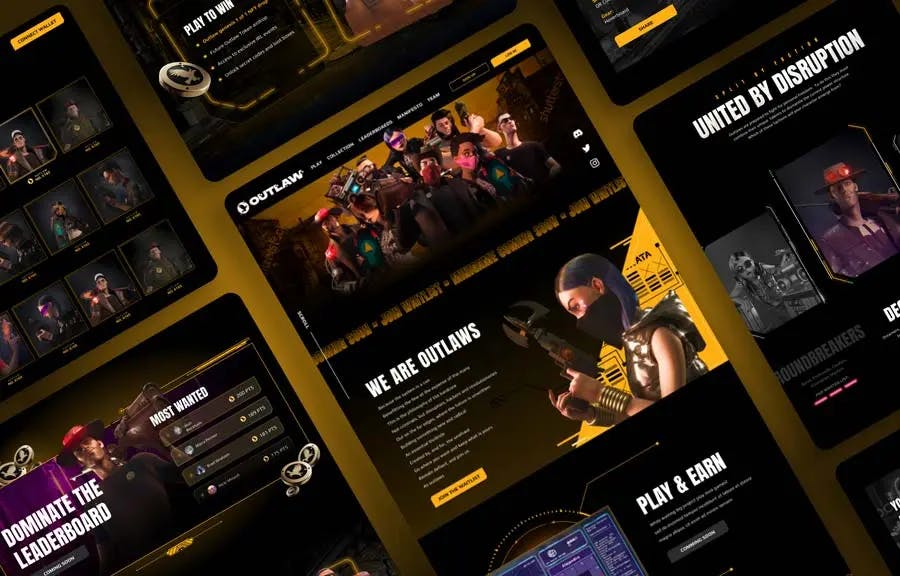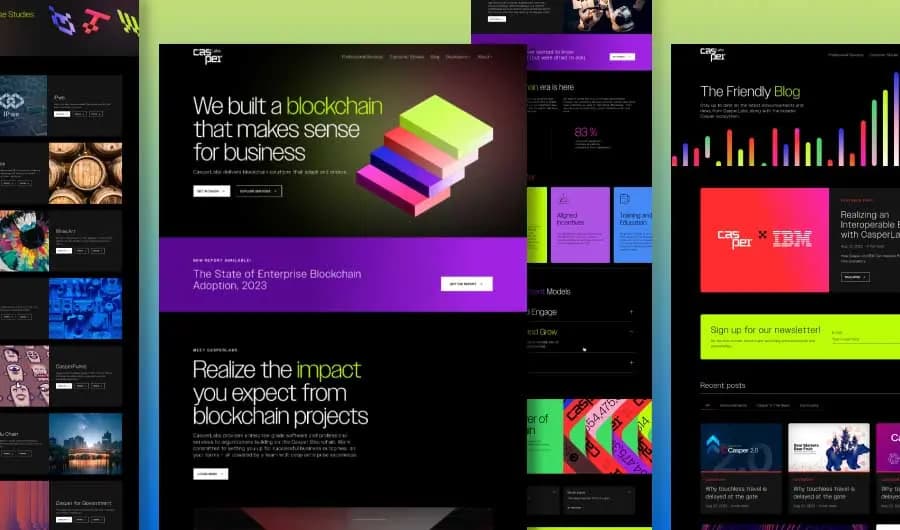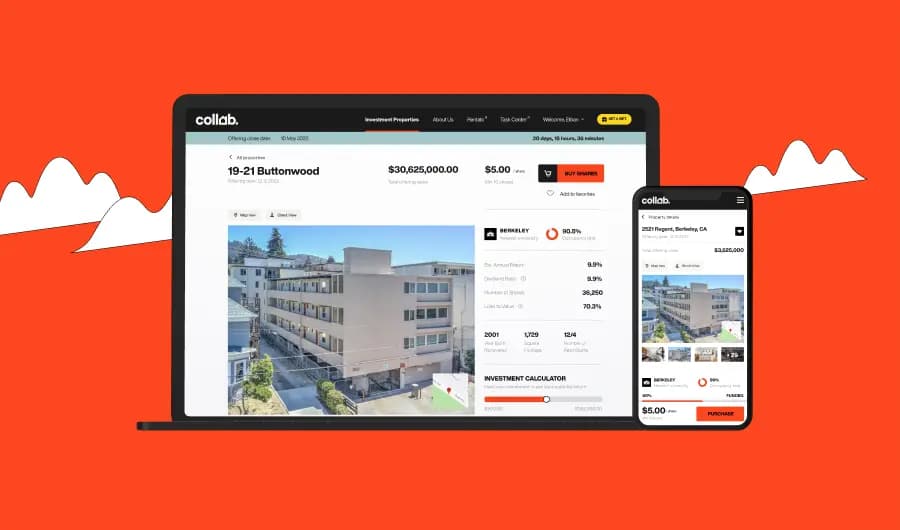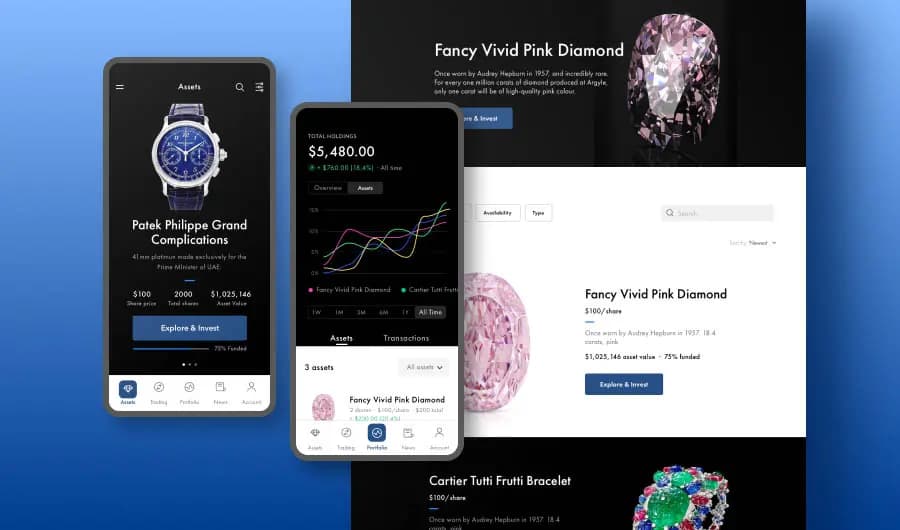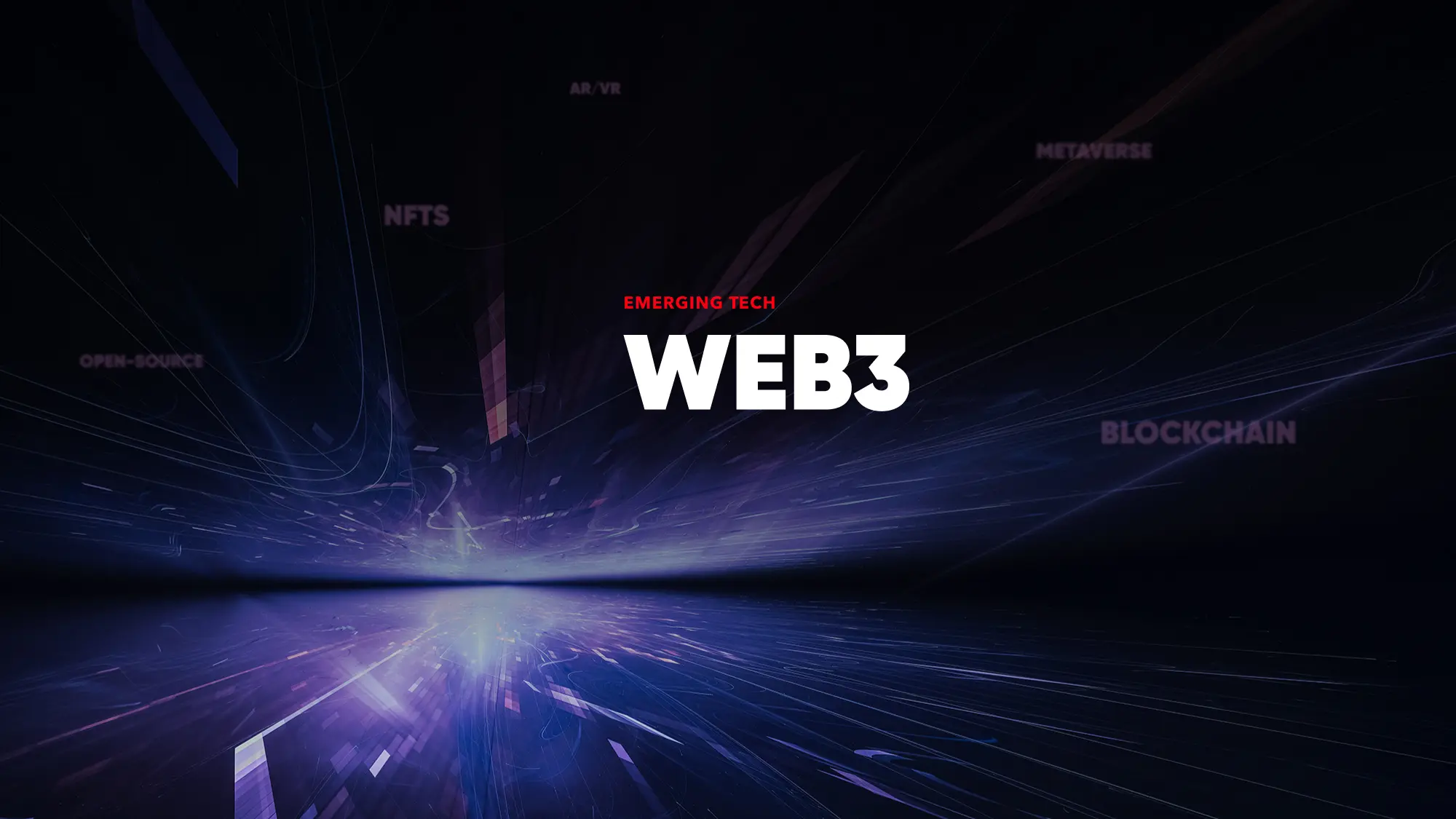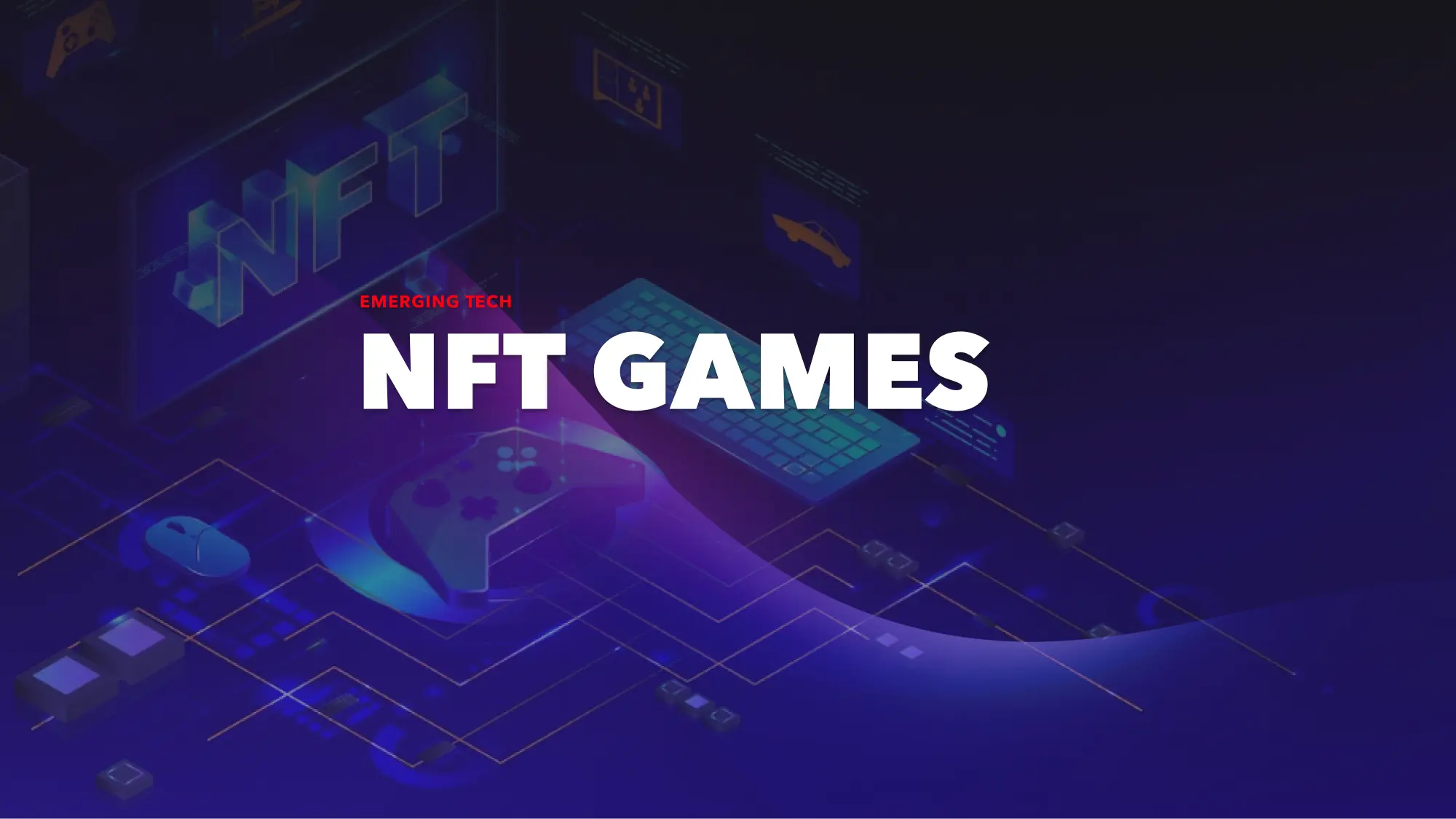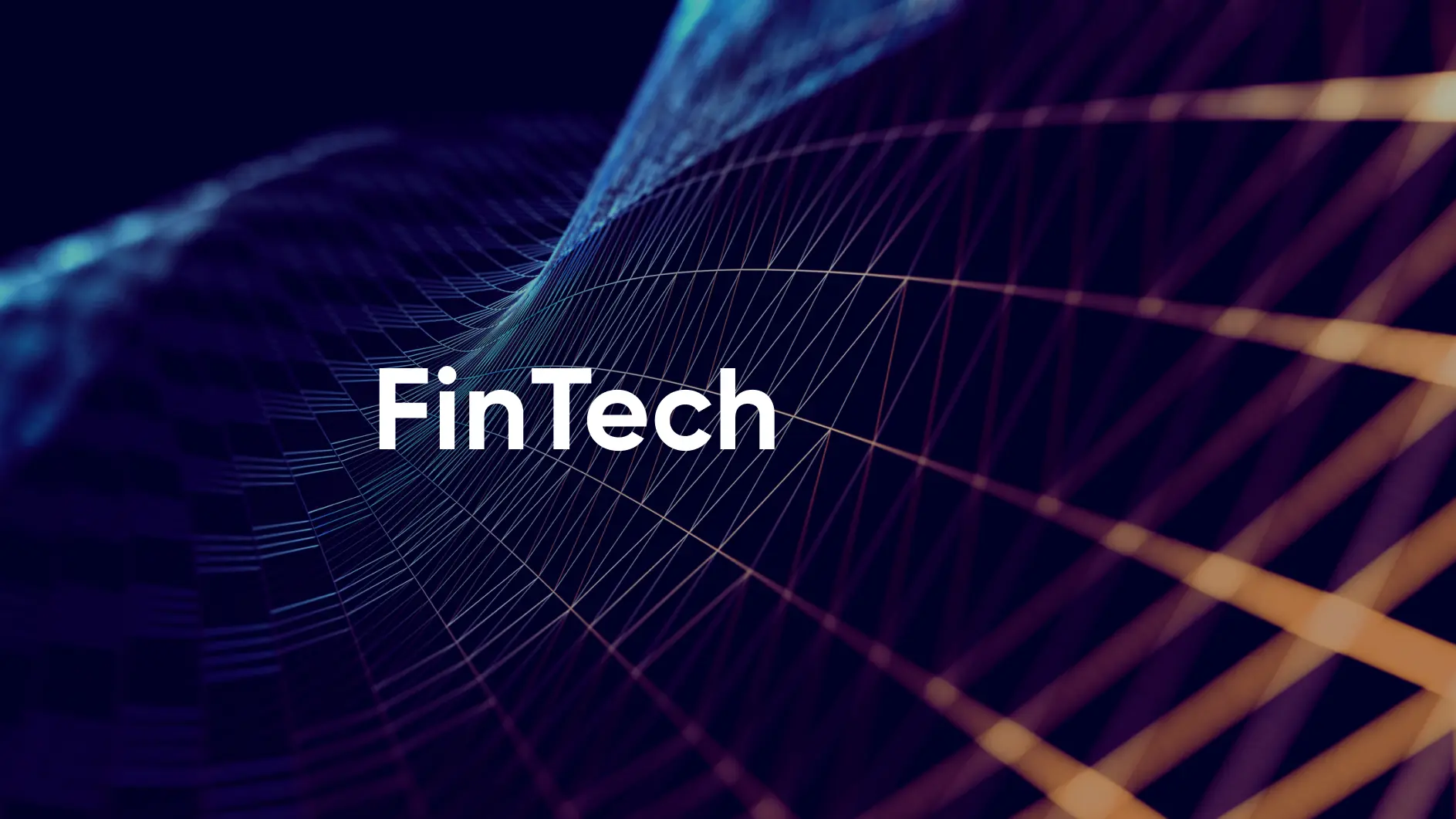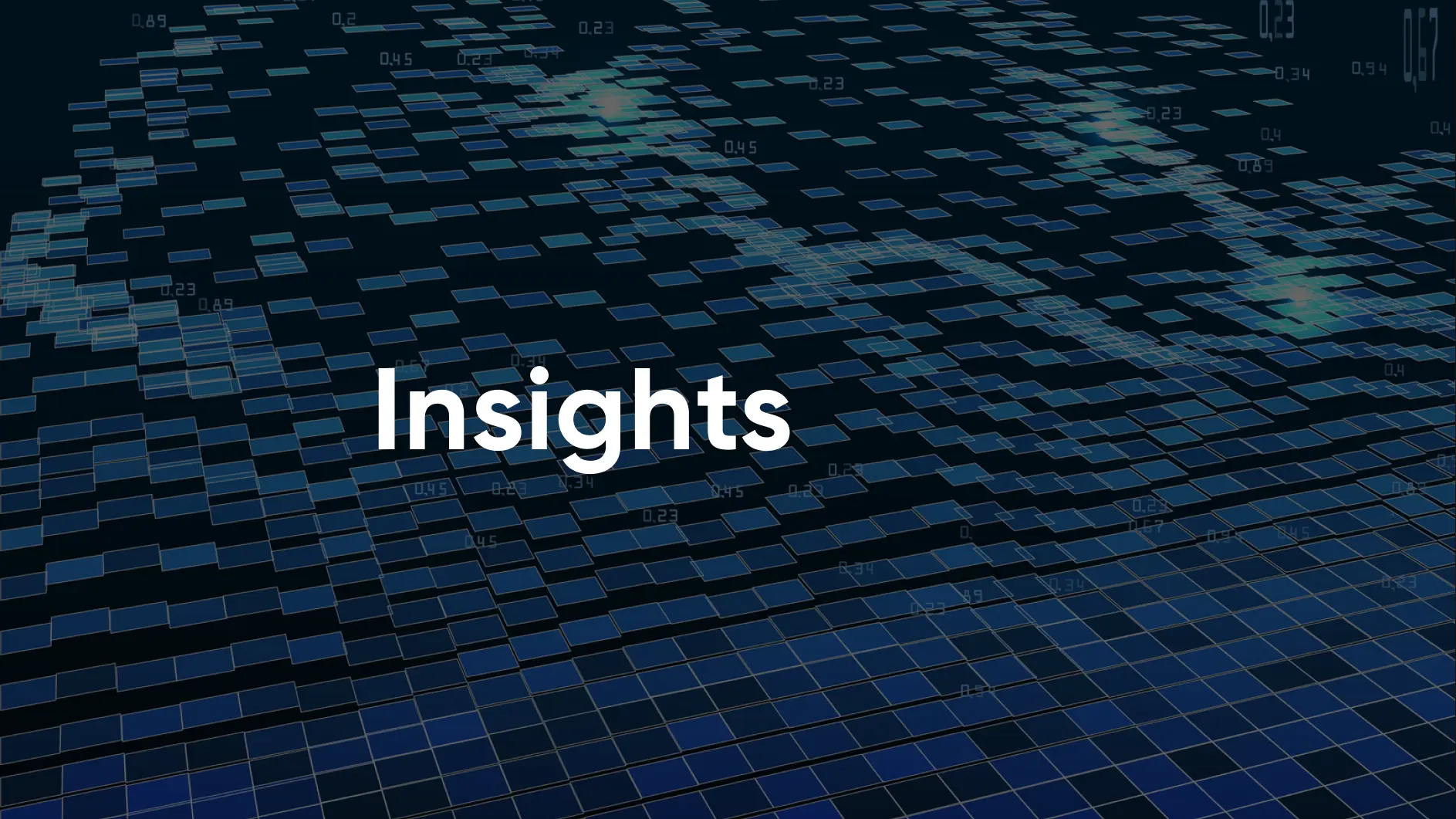
Creative
Leverage a Multi-Functional Creative Department to Maximize Output
The Current Market
The technology industry had not only faced the pandemic-driven challenges of the past few years, but it had thrived. The great inflection point of this generation accelerated digital transformation, and inspired an entire new wave of businesses and product innovation exposed to nearly every touchpoint in daily life.
Firms of all backgrounds were forced to bring their futures into the present, while few could have predicted the disruptions and global uncertainties presented in 2023. Current macroeconomic conditions rightfully call for firms to increase their scrutiny on cost savings, budget constraints (or reductions), risk-mitigation and reduction in CAC (customer acquisition costs).
Amidst repeated challenges posed to the tech industry, talented teams continue to be called upon to rapidly innovate and create value for their products and precious users - all while maintaining even more lean & agile work streams.
A focus on growth is agnostic to economic climate, while KPI's such as engagement, retention, monetization, user LTV (long term value), ARPU (average revenue per user) and ROAS (return on ad spend) still require new feature development, product/conversion optimization, fresh content for the pipeline, and intentional planning to set complex product development teams up for success.
Often in the face of economic uncertainty, resources are constrained, and budgets may be limited. When Creative departments are impacted by these adjustments, a firm’s innovation, quality and project velocity may be impacted.
The Role of Creative
The creative function plays a critical role in this product development ecosystem - supplying vision, supporting strategic definition and clarifying tactical dependencies for execution further downstream.
The designer's "wire-frame" is now more valuable than ever - a source of truth clarifying scope and intent that aligns project stakeholders with diligent product managers, focused engineers, observant QA and disciplined project managers that are the connective tissue holding them all together.
Adding creative expertise will yield ROI to any digital transformation initiative, development project or consumer-facing product. From elegant UI and resonant branding, to intuitive UX and interactive prototyping - inclusion of design creates significant value and increases LTV of the product (assets) and its population users.
With budgetary scrutiny, firms may be required to accept resourcing constraints - and explore leaner methods to innovate and maintain their digital output. The function of creative is not immune to these resourcing constraints; however, amidst a period of volatility, employing a reduced representation of design may limit a firm's output and expose potential risk.
A solution is available to firms that require access to a creative team offering a breadth and depth of diverse skills: the Agency.
Leveraging an agency to employ a multi-functional department of creatives to any project - for the same (or lower) budget as one full-time designer - will yield higher quality outputs, faster turnaround times, lower costs and significant ROI while reducing exposure to the risks of hiring a full team.
Below is a comparison to the hiring of one full-time designer for a project vs. a retainer of fractional resources from a multi-functional agency such as Scalio.

Examples of Value Creation
Additional benefits to engaging an agency for creative support may include:
- Complimentary skill-sets offer synergistic results: One UI designer + one design system specialist = infinitely re-useable components for any development team
- MBA Design strategists partner with clients to provide product audits, data-driven analysis, KPI-driven growth strategies, engagement/retention/monetization feature proposals, and best practices to reduce CAC (customer acquisition costs), while product and UI designers proceed to craft lean wire-frames, mock-ups and prototypes to validate with usability testing.
- User researchers can partner with stakeholders to measure consumer impression and affinity, then help define the product market fit and de-risk a go-to-market strategy.
- Branding designers can take a single mission & vision statement and tell a story within a logo mark, while graphic designers and web designers utilize that brand guideline to then craft a best-in-class website benchmarked against the industry's top competitors.
From UI/UX designers and MBA design strategists to technical design system specialists - an agency model empowers firms to flex, expand and contract on different service specialties depending on the needs within the project roadmap, or stage of the product lifecycle.
Engaging an agency partner with a retainer allows for the firm to support that variety of needs, while removing the burden of risk to employing full-time staffing and support personnel.
A Solution for Today's Market Climate
Founded in San Francisco in 2010, Scalio has offered an agency solution to high-growth startups and large corporations from Silicon Valley and beyond.
Our centralized Creative Services Department consists of several full-time specialists of unique skillset, with expertise that has served iconic brands such as Apple, Google, Uber, AirBnb, King, Intuitive Surgical, GSN Games, 23andMe, Viacom, Shell, Yahoo, Monster, and Bridgewater Capital.
Having delivered over 850 ground-breaking digital products, achieving over $1 billion in revenue, and engaging over 100 million users across 30 industries, including FinTech, MedTech, Blockchain, and Gaming, we have a breadth & depth of expertise that is celebrated and passed on to our partners and clients.
Interested in learning more about how we help firms like yours achieve more impact? We're excited to meet you: [email protected]

